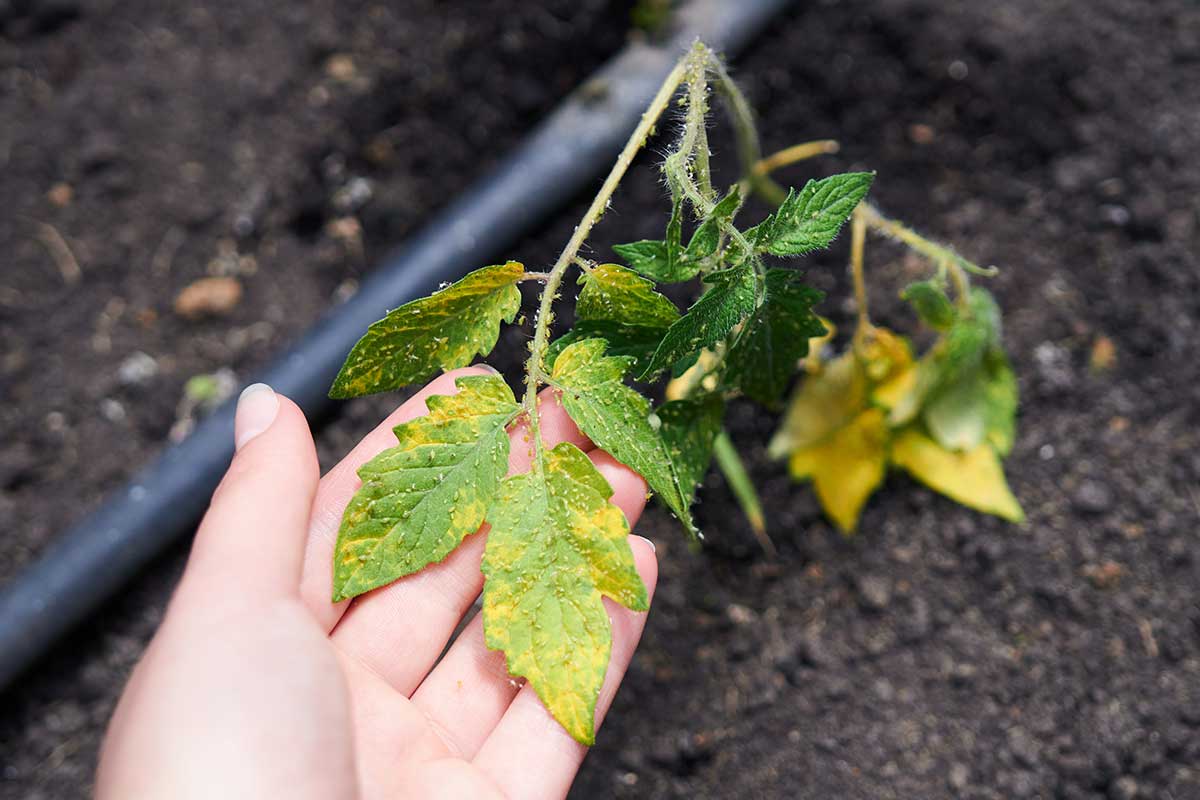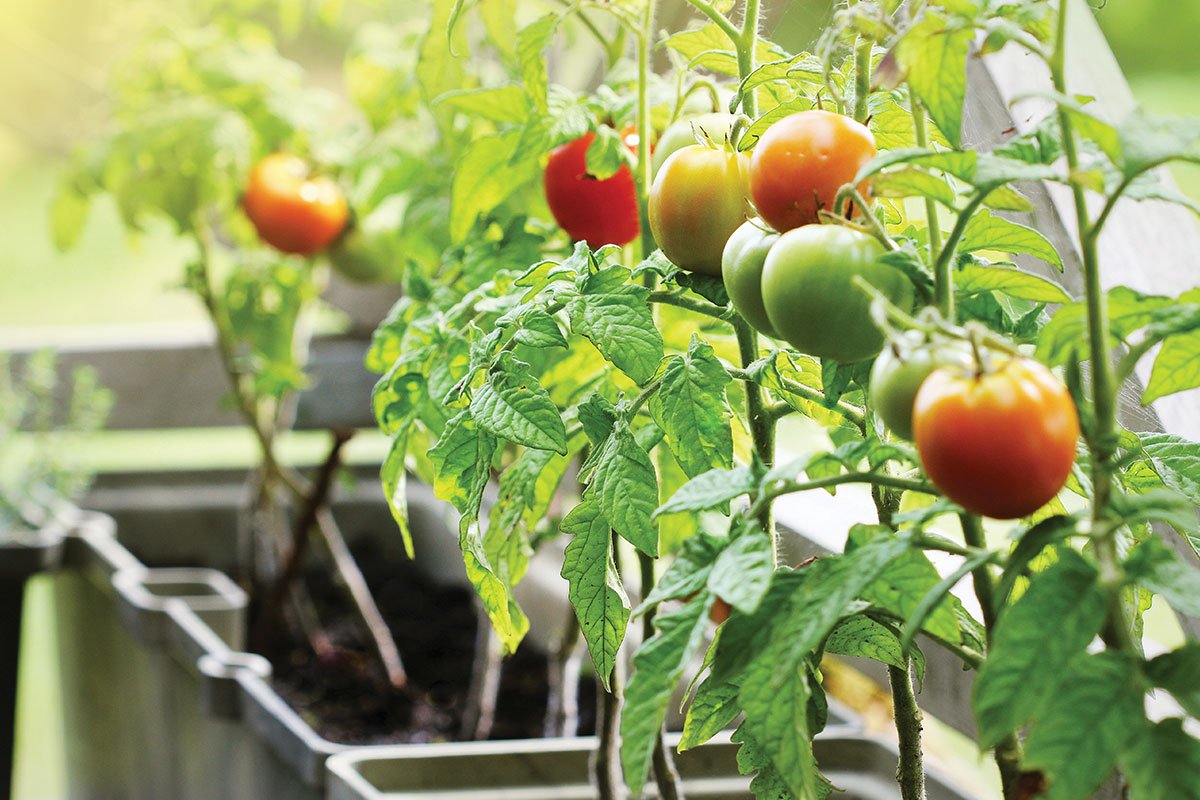Tomato plants almost never look like the pictures in the seed catalogs, but if your crop this year is letting you down, there are any number of causes for that. And the Master Gardeners of Northern Virginia, part of the Virginia Cooperative Extension at Virginia Tech, have advice.
Leaf roll, root rot, blight, blossom end rot, fruit split — all of which are exactly what they sound like — are common tomato-plant problems, whether you’re growing them in the ground or a container, and the experts say the common cause is too much water, something there’s been a lot of this summer.
The Master Gardeners of Northern Virginia said you should keep the soil “moist but not waterlogged,” and while that can be a tricky proposition in really hot weather, too much water leads to a host of problems.
Speaking of hot weather, that can lead to a lack of tomatoes and can retard the growth of the fruits you do get: Daytime temperatures over 90 and nighttime lows above 70 cause problems with “reduced flowering and fruit set,” the Master Gardeners said, and that’s certainly an apt description of the weather in Northern Virginia over the past few weeks.
Mike McGrath, the host of public broadcasting’s You Bet Your Garden on TV and radio around the country as well as a podcast, agreed. “Tomatoes are not a crop that enjoys it blastingly hot,” he said. “As soon as the temperatures are in the 90s, they go into defensive mode.”
His suggestion is to water the plants deeply and gently in the morning, with a hose dripping at the base of the plants for about four hours every third day. “That will keep the plant cooler for the rest of the day,” McGrath said — and never water in the heat of the day or at night.
McGrath added, “You want a cooling mulch on the surface.” He recommends pine straw, “which reflects heat, but it also breathes.” Never use wood chips, he added.
Too much sunlight can stress a tomato plant out as well, McGrath said. While the pros use shade cloth, which blocks 35 to 40 percent of the sun, he said opening a beach umbrella over your tomato plants at around noon also helps.
McGrath also suggested pruning branches that don’t have any fruit or flowers on them — that’s the only time to prune tomatoes, he said — as well as making sure the plants have sufficient support (one tomato plant can have 40 to 50 pounds of fruit on it). And don’t rush out to buy tomato spray or fertilizer for stressed plants. “The answer is not food,” McGrath said.
If tiny critters are bugging your plants (aphids are known for their predilection for tomato plants), the master gardeners said you can use neem oil, soapy water, or a host of other solutions to knock them off. There are also plenty of aphid predators, most notably ladybugs, which will help you out.

When do you pick the tomatoes you have, the master gardeners said to pick them when they’re “fully vine-ripened but still firm.” And if you pick any tomatoes early for any reason, they said, putting them on a windowsill in the sun works for coloration, but it doesn’t actually help with the ripening process. Put them in the shade for that.
For more stories like this, subscribe to Northern Virginia Magazine’s Home newsletter.


